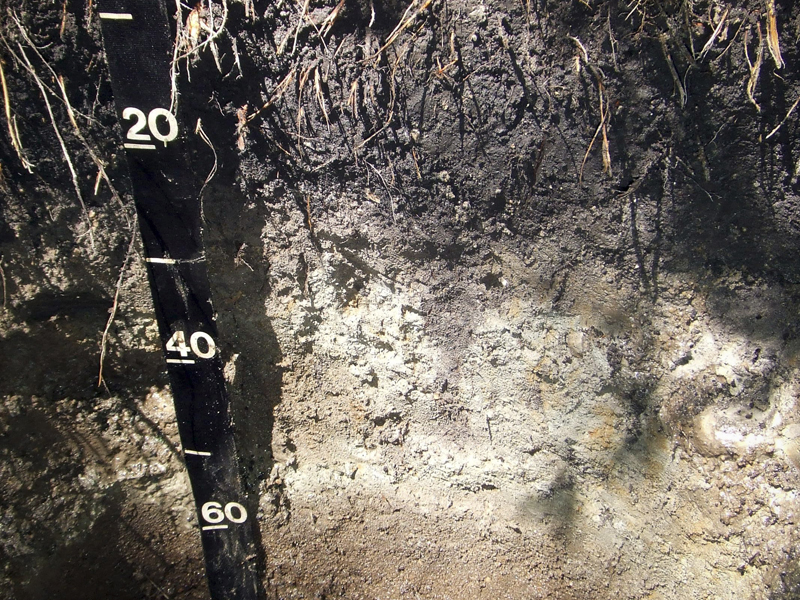Natural Resources
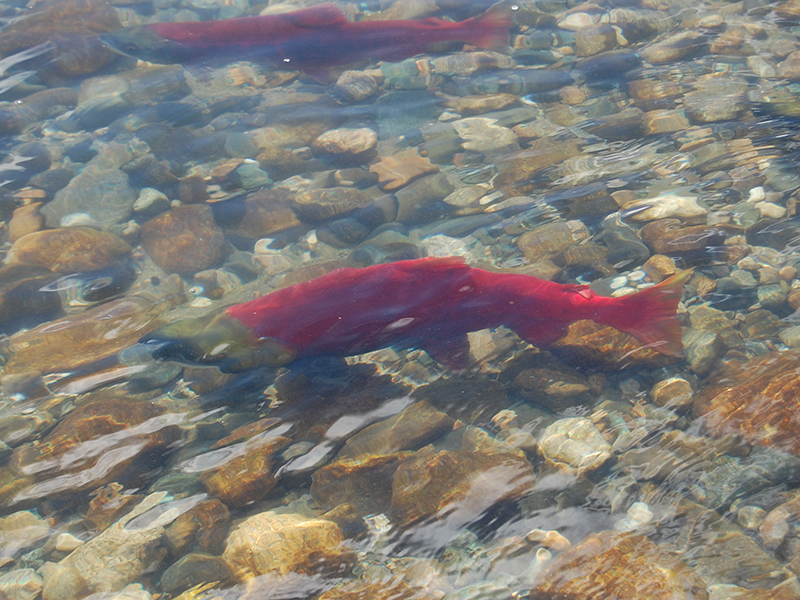
Adult Pacific salmon spend a great portion of their life in the ocean. But their life began along the banks of freshwater streams. Their life will end there, as well. These important steps in the lifecycle of salmon play a role in the health of streambank ecosystems.

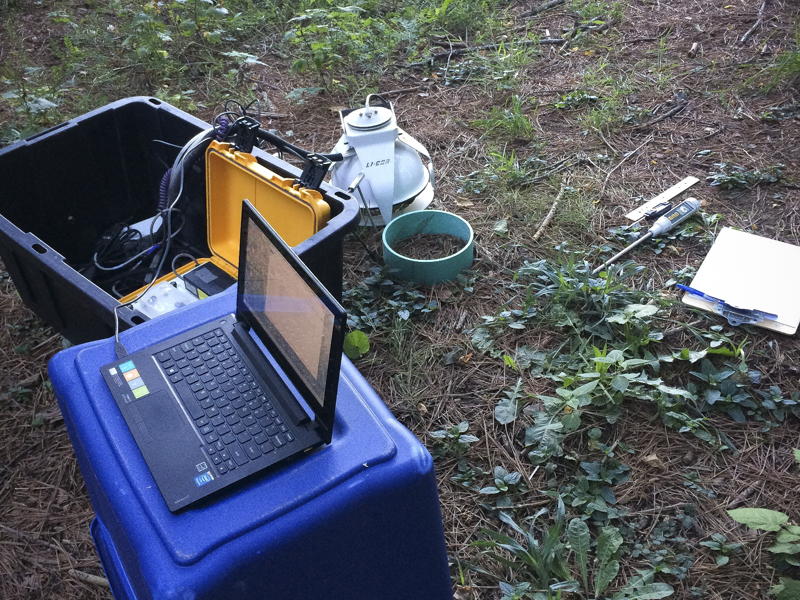
Doctors often tell their patients to reduce their salt intake as part of a healthy lifestyle. When we start looking at food labels, we may find salt in surprising places – like baked goods, drinks and canned foods.

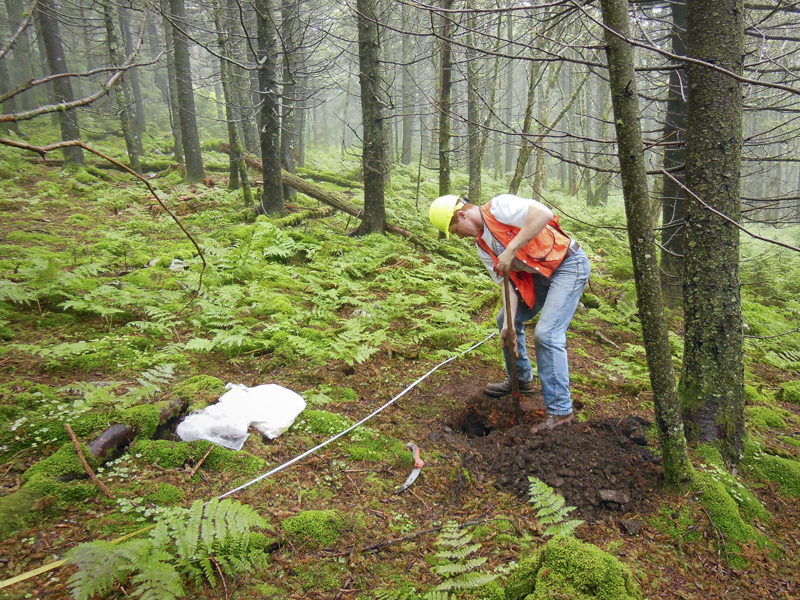
Before the United States 1970 Clean Air Act, rainfall all over the country was acidic. As precipitation would fall from the sky, it would mix with gases from industrial plants, emissions from cars, and especially coal and fossil fuel consumption. That caused the water to become acidic – also called “acid rain.”
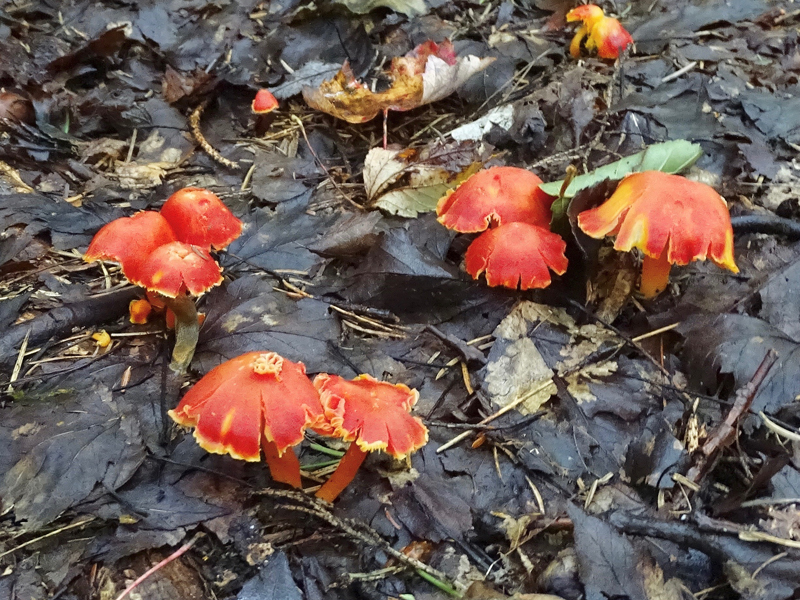
When we think of climate change, we tend to think about greenhouse gases, fossil fuels and pollution. Most of us don’t think about fungi.

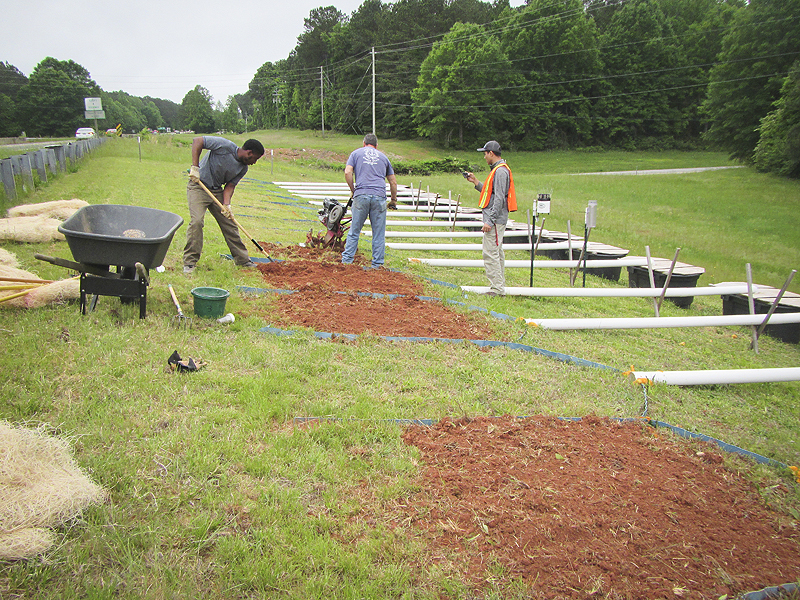
Everyone hates road construction, even the soils and bodies of water around the roads. Paved roads can’t absorb water, so that responsibility falls to the soil next to the road. Unfortunately, those soils are often damaged during construction.

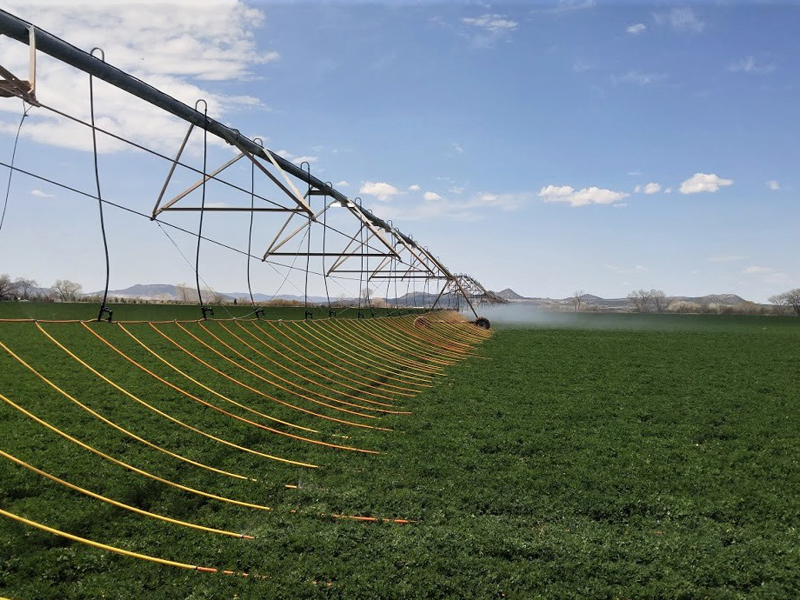
A healthy lifestyle consists of a mixture of habits. Diet, exercise, sleep and other factors all must be in balance. Similarly, a sustainable farm operates on a balanced plan of soil, crop, and water management techniques.
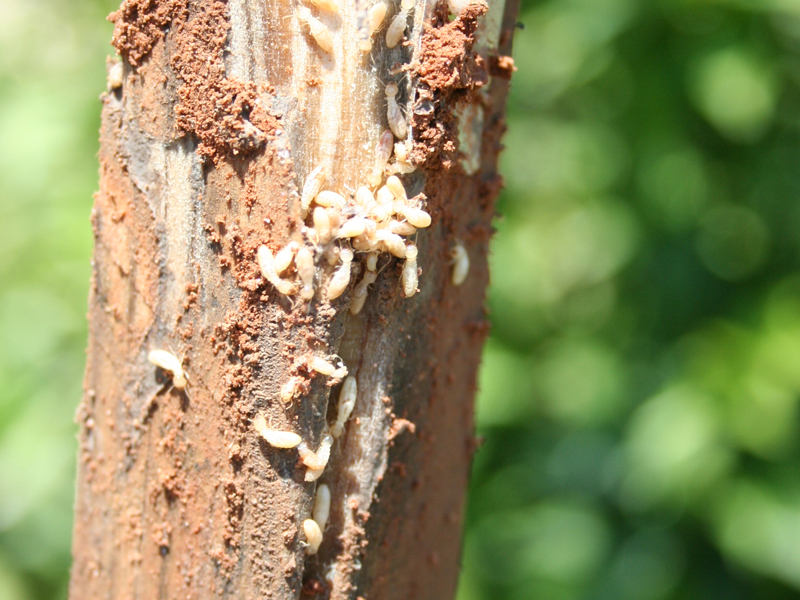
Termites are unwelcome in your home. They can cause structural damage to the wood in frames, floors and other materials. It’s nothing personal, though. They are really just looking for food sources.

Homeowners who rely on private wells as their drinking water source can be vulnerable to bacteria, nitrates, and other contaminants that have known human health risks. Because they are not connected to a public drinking water supply, the homeowners are responsible for ensuring that their own drinking water is safe.
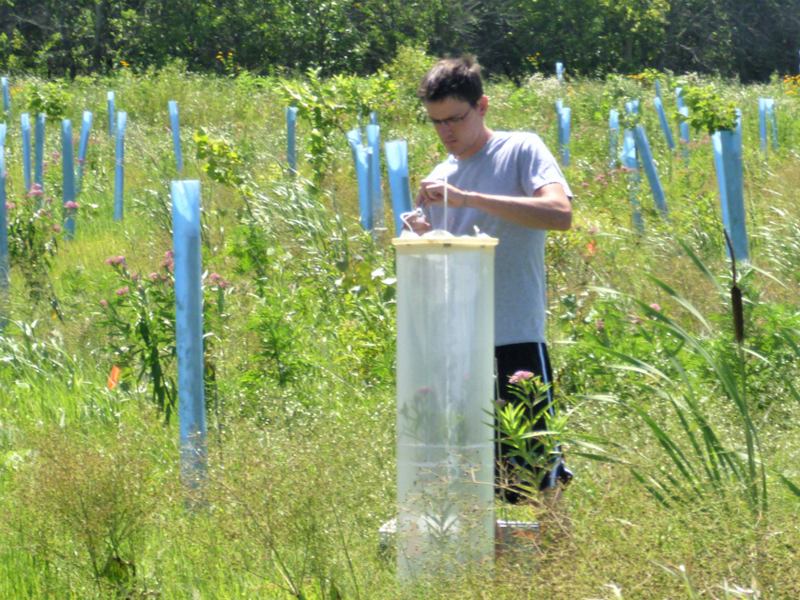
Wetlands are an important part of the Earth’s natural water management system. The complex system of plants, soil, and aquatic life serves as a reservoir that captures and cleans water. However, as cities have expanded, many wetlands were drained for construction. In addition, many areas of land in the Midwest were drained to increase uses for agriculture to feed a growing world.

